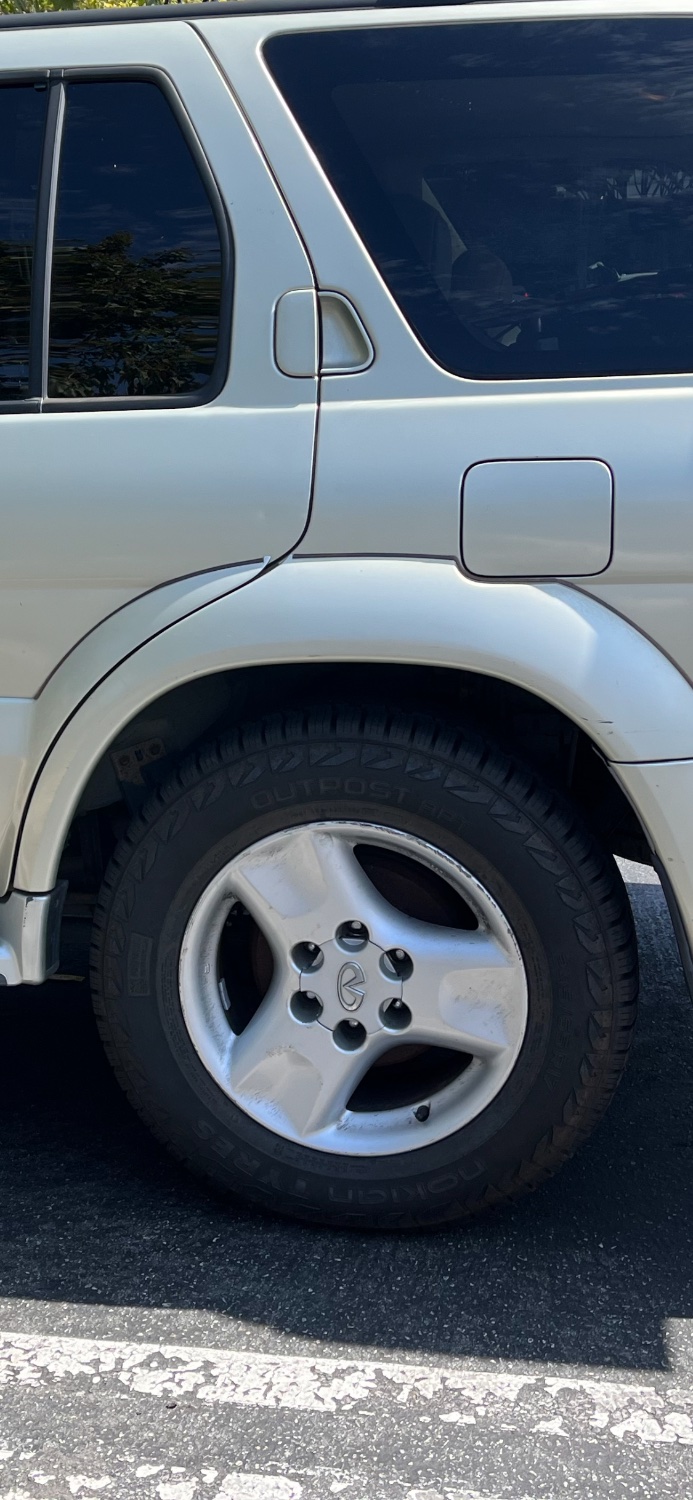I would 1)go with the vehicle placard as the default and and limit driving until I 2)call a reputable dealership
I think it was the Ford Explorer that required lower tire pressure because the vehicle was a rollover threat at normal inflation pressures. But people were worried that the tires would blow out if under inflated. There were a ton of lawsuits.
They did a 60 minutes piece about Jeeps on this too.
It was a mess.
